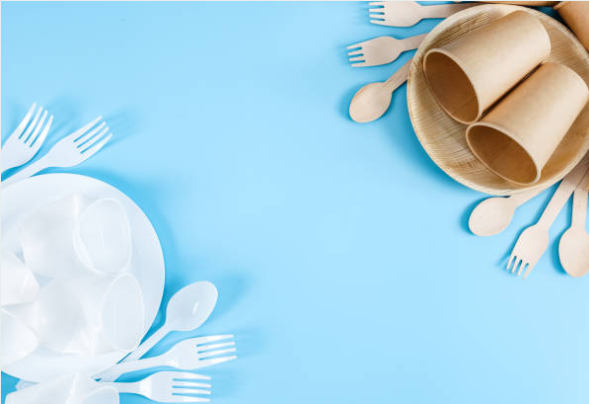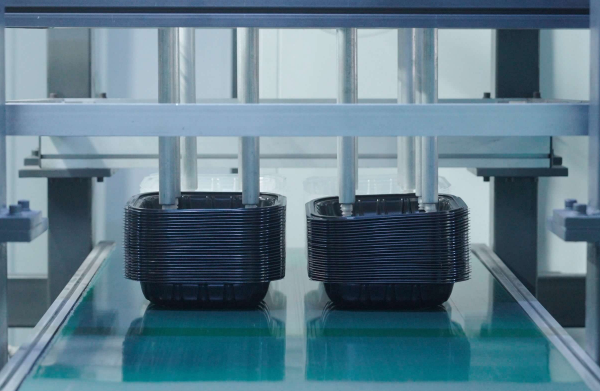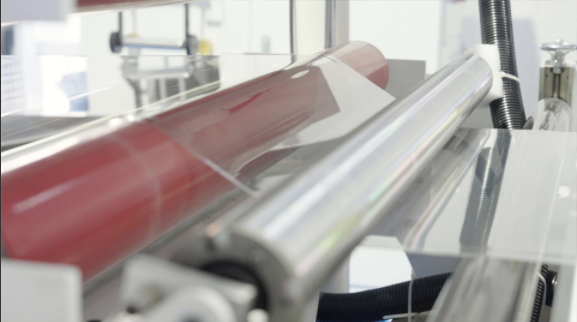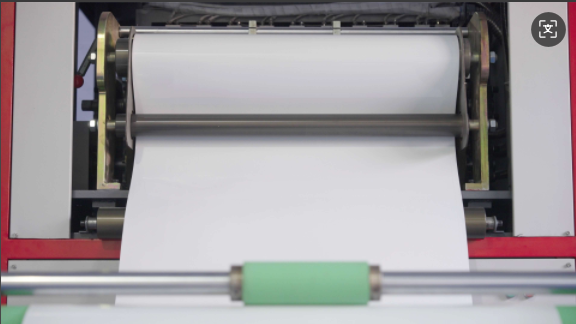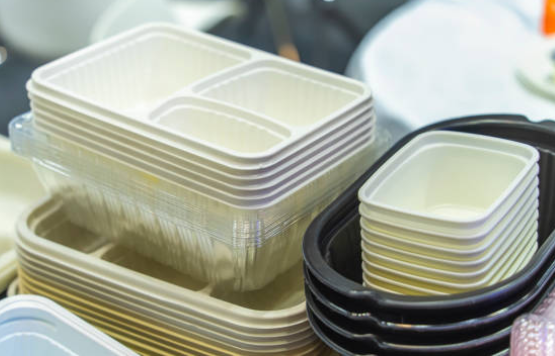Common Materials for Disposable Tableware
Disposable tableware is made from many materials, each with its own characteristics and impact on the environment. Here are some of the most used materials:
Plastic
Plastic tableware, made mainly from Polypropylene (PP) and Polystyrene (PS), is one of the most popular choices. It’s durable, lightweight, and affordable, making it ideal for personal and commercial use. However, plastic can take up to 1,000 years to break down, which creates serious environmental problems. It’s most often used for plates, cups, and cutlery.
Paper
Paper tableware is often coated with wax or plastic to resist water. While paper plates and cups are biodegradable, they don’t work well with hot or greasy foods. The paper itself is tree-free, but it might need extra processing to make it durable during use. Paper is more eco-friendly than plastic but still has its limitations.
Foam (Styrofoam)
Foam tableware is lightweight and helps keep food warm, which is great for hot meals. However, Styrofoam is not biodegradable and can take a long time to break down, which is a big environmental issue. Despite its insulation benefits, it’s harmful to landfills.
Bamboo
Bamboo is a fast-growing, renewable material that has become popular for disposable tableware. Bamboo products are durable, work well with both hot and cold foods, and can be used in the microwave. Bamboo is biodegradable and has a much lower environmental impact than plastic or foam.
Plant Fiber
Plant fiber tableware, made from materials like sugarcane bagasse or reclaimed plant fiber waste, is a tree-free, eco-friendly option. While it’s renewable, it’s not as strong as other materials and might not be suitable for heavy or wet foods. It’s biodegradable and compostable if the conditions are right.
PLA (Polylactic Acid)
PLA is a bioplastic made from renewable sources like corn starch. PLA tableware is compostable under specific conditions, making it a more environmentally friendly choice than traditional plastic. However, it only composts properly in the right facilities, which may not be available everywhere.
Wood
Wooden tableware is often used for disposable cutlery, providing a natural look and feel. While biodegradable, it’s not as common for other types of disposable tableware and is mostly used for forks, knives, and spoons. Wood helps reduce plastic use but comes with higher production costs.
Production Methods
- Plastic tableware is made through injection molding or thermoforming.
- Paper plates and cups are made by pressing pulp into molds and adding coatings to resist liquids.
- Bamboo and plant fiber items are made by pressing and molding the raw materials into the desired shape.
Plastic Tableware Production
Plastic tableware is made from polypropylene (PP) and polystyrene (PS), each offering different characteristics for various uses. The production process includes several important steps to create durable and functional plastic products.
Key Production Steps
- Injection Molding: Plastic pellets are melted and injected into molds at high pressure to shape them.
- Extrusion: The molten plastic is forced through a die to create sheets, which are then processed further.
- Thermoforming: Plastic sheets are heated and shaped using vacuum or pressure to create items like plates, bowls, and trays.
Other key steps include:
- Pellet Preparation: Plastic pellets are dried and heated to about 110°C before melting.
- Melt Processing: The plastic melts at temperatures between 200-250°C.
- Molding: Once melted, the plastic is injected into molds at pressures between 10,000-30,000 psi.
- Cooling: The molds cool for about 10-30 seconds.
- Ejection and Trimming: After cooling, excess plastic is trimmed off, and the finished products are ejected from the molds.
Material Characteristics
- Polypropylene (PP): Lightweight, durable, and heat-resistant up to 100°C.
- Polystyrene (PS): Rigid and brittle, with lower heat resistance (70-80°C).
Additives Used in Production
Various additives are used to improve plastic tableware:
- Colorants: 0.5-2% by weight to achieve the desired colors.
- Plasticizers: 1-3% to improve the flow of material during processing.
- UV Stabilizers: 0.1-0.5% for outdoor products to protect from UV rays.
Environmental Impact
Plastic tableware production has a notable environmental impact:
- Energy Use: 2-3 kWh per kg of plastic tableware.
- Water Use: 3-5 liters per kg of plastic produced.
- CO2 Emissions: 2-3 kg of CO2 emitted per kg of product produced.
Production Volumes and Recycling
- The global plastic cutlery market produces about 40 billion units per year.
- Factory Output: Average factories produce 50-100 million pieces annually.
- Recycling Rates: Only 1-2% of disposable plastic tableware is recycled. However, PP and PS can be recycled 5-7 times.
Sugarcane Bagasse Tableware Production
Sugarcane bagasse tableware production is an eco-friendly and efficient process. It turns sugarcane waste into sustainable products. The process has several steps to ensure high quality and environmental responsibility.
1. Raw Material Collection
Bagasse is the fiber left after extracting juice from sugarcane. It is collected from sugar mills and used as the main raw material for production.
2. Cleaning and Processing
The collected bagasse is washed to remove impurities. Then, it’s exposed to heat and pressure to reduce moisture and lignin, making it ready for the next step.
3. Pulping
The cleaned bagasse is mixed with water and processed in a pulper under high heat and pressure. This breaks it into fibers, preparing it for further processing.
4. Bleaching
The pulp is bleached with chemicals like hydrogen peroxide or oxygen. This removes any remaining lignin and impurities, leaving a cleaner and whiter pulp.
5. Molding
The prepared pulp is placed in molds and exposed to heat and pressure. The temperature is usually between 100°C to 150°C for 30 to 60 minutes. This shapes the tableware.
6. Drying and Pressing
After molding, the items are dried in ovens to remove excess moisture. Hydraulic or mechanical presses are then used to strengthen and smooth the tableware.
7. Quality Control
Each piece is checked for uniformity in shape, size, and thickness. The items are also tested for compression, water resistance, and heat resistance to ensure durability.
8. Packaging and Distribution
Approved tableware is stacked, wrapped, and stored in a controlled environment. It is then ready for packaging and shipping to customers.
Advantages of Sugarcane Bagasse Tableware
- Oil and water resistance: Bagasse tableware resists both oil and water, making it great for hot, moist, and greasy foods.
- Cost-effective: It is generally cheaper than many alternative materials.
- Sustainability: Bagasse is a renewable resource that helps reduce plastic waste and supports environmental goals.
Biodegradable Plastic (PLA) Tableware Production
PLA tableware is made using eco-friendly processes and renewable resources. It’s an alternative to traditional plastic, offering a more sustainable option for disposable tableware.
Raw Material Sourcing
PLA comes from renewable resources like corn starch, sugarcane, or cassava. Corn is the most popular choice because it’s widely available and affordable.
Fermentation Process
The starch from plants like corn is turned into sugar through wet milling. This sugar is fermented with Lactobacillus bacteria to make lactic acid, which is essential for PLA production.
Polymerization
The lactic acid is processed into lactide, which is then turned into PLA polymers. This process makes the raw material ready for use in various products, including tableware.
Pellet Formation
The PLA polymer is shaped into small pellets. These pellets are the base material for the next steps, making them easier to handle and mold.
Drying
Before molding, the PLA pellets are dried to remove any moisture. This ensures the pellets melt smoothly during the molding process.
Injection Molding
The dried PLA pellets are melted and injected into molds to form items like cutlery, plates, and bowls. The molding process ensures the items are shaped precisely.
Cooling and Ejection
After molding, the PLA tableware items are cooled and ejected from the molds. This step helps the items keep their shape and strength.
Finishing and Quality Control
Once ejected, any extra material is removed, and the items go through quality checks to make sure there are no defects. This ensures the products meet safety and quality standards.
PLA tableware offers several advantages: – Biodegradability: PLA breaks down in composting facilities, which helps reduce environmental impact. – Renewable sourcing: Made from plant-based materials, PLA is a more sustainable choice than petroleum-based plastics. – Food safety: PLA doesn’t release harmful chemicals, making it safe for food contact. – Versatility: It works well for both hot and cold foods, offering flexibility. – Customizability: PLA can be molded into different shapes and colors, making it more attractive.
Key Production Steps for Most Disposable Tableware
The production of disposable tableware involves several important steps to create safe, functional, and environmentally friendly products. Here are the key steps commonly followed in the industry.
Raw Material Preparation
The process begins with preparing raw materials, which usually include: – Paper pulp – Bagasse (sugarcane fiber) – Wood pulp – Plastics
These materials are cleaned, screened, and processed to prepare them for manufacturing.
Pulping and Mixing
For fiber-based tableware, the raw material is mixed with water and chemicals to form a pulp. This pulp is then refined to reach the right consistency. For plastic items, polymer pellets are melted and mixed to create a uniform mixture.
Molding
Once the materials are ready, they are shaped using different molding techniques: – Thermoforming is used for plastic items. – Vacuum molding is used for fiber-based products. – Injection molding is used for some plastic utensils.
Pressing and Drying
For fiber-based items, high-pressure pressing is applied at temperatures between 140-200°C to remove moisture and set the shape. Plastic items are cooled to solidify.
Trimming and Finishing
Excess material is trimmed, edges are smoothed, and necessary coatings, such as wax or plastic lining for paper plates, are added to improve durability and appearance.
Quality Control
Finished products are carefully inspected to ensure they meet quality standards and are free from defects.
Sterilization
To ensure hygiene and safety, many disposable tableware items are sterilized using heat or chemicals before packaging.
Packaging
Once the products pass quality control and sterilization, they are counted, stacked, and packaged for distribution to retailers and consumers.

